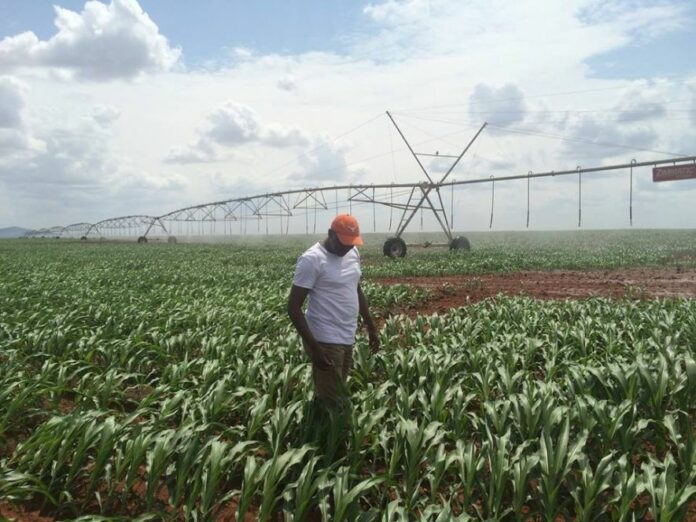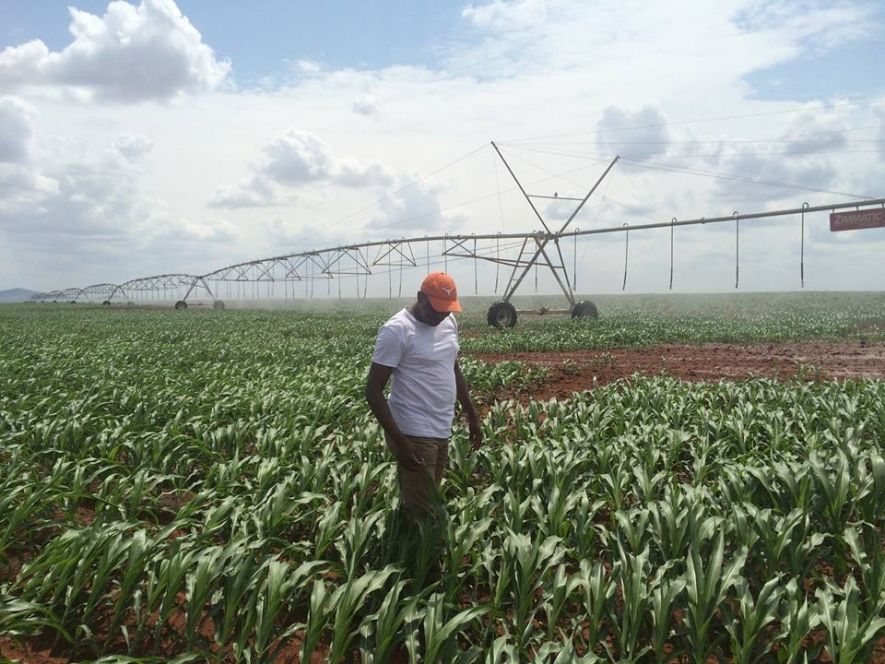Kenya produced only 22,000 bags of maize that are worth Sh. 35.2 million from Galana Kulalu irrigation scheme. This came against the Sh. 7.3 billion that the government has spent on the irrigation scheme.
According to the National Cereals and Produce Board (NCPB) the government has 40,000 50 kilogramme (kg) bags of maize. These bags then translate to 22,000, 90kg bags that were harvested in the financial year 2017. A bag is currently going for Sh. 1,600.
Kenya is partnering with Israel to develop 10,000-acre model farm in Galana-Kulalu irrigation scheme. The Sh. 7.3 billion project covers about one million acres of land and targets crop production on 10,000 acres in Kilifi and Tana River counties.
On August 2014, the National Irrigation Board (NIB) signed a Sh14.5 billion contract with Israeli firm Green Arava Ltd to pilot a project in the Galana-Kulalu scheme.
As at March this year, only 5,000 acres, out of the targeted one million acres, had been put under crop. The NIB early this year cancelled an invitation of bids from investors who could start production on the 10,000 acres whose infrastructure has been building since 2015.
National Cereals and Produce Board acting managing director Albin Sang said the board received the harvest in its Voi silos and are yet to make payments.
The Galana project was supposed to put one million acres under irrigation by 2017, only 5,500 acres of the model farm have been put under cultivation.
The Galana Kulalu project is part of the Jubilee government’s manifesto aimed at moving the country from rain-fed agriculture. Food security is one of President Uhuru Kenyatta’s Big Four agenda. Sang said a million bags of Sh. 8.05 billion maize kept at NCPB stores risk going to waste as a good proportion has turned yellow.
He said some of the maize has stayed in the stores over the recommended six months storage period. The Sh. 8.05 billion is part of the Sh. 11.5 billion the government paid farmers for the 3.6 million 50kg bags at Sh. 3,200 each.
“Some maize has stayed more than six months in the silos and it has now changed colour and we are looking at ways to sell it. In terms of consumption, it is still okay only that the colour has changed,” Sang said.









